Find r,r',eandδ for the case shown in figure
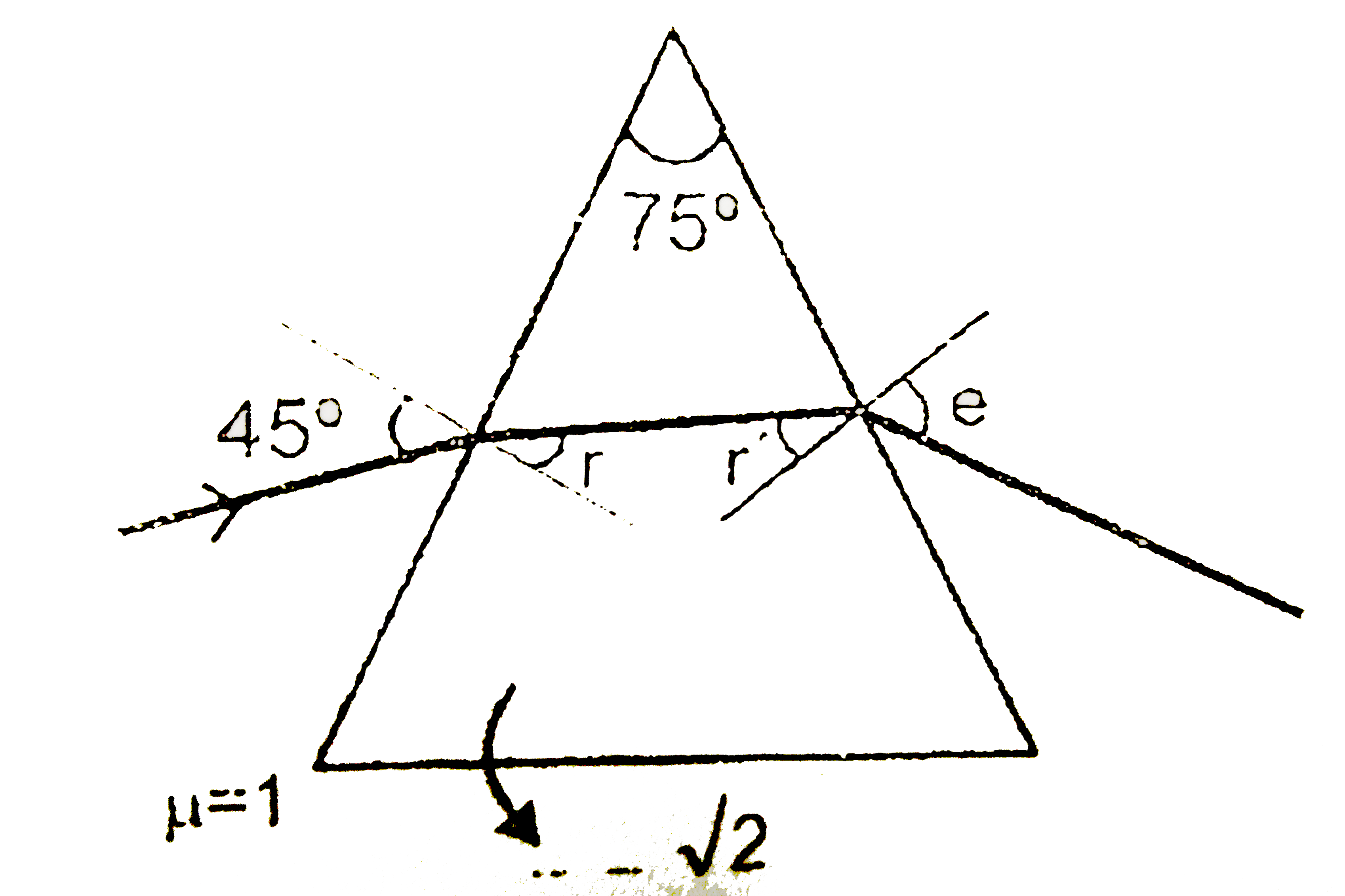
Here θ=180∘−75∘=105∘
sin45∘=√2sinr
sin45∘=√2sinr
∴r=sin−1(1)2=30∘
r'=180∘−(r+θ)
=180∘−30∘−105∘=45∘
sine=√2sinr'
∴sine=√2×sin5∘=1
∴e=90∘
So, δ=i+e−A=45∘+90∘=6∘
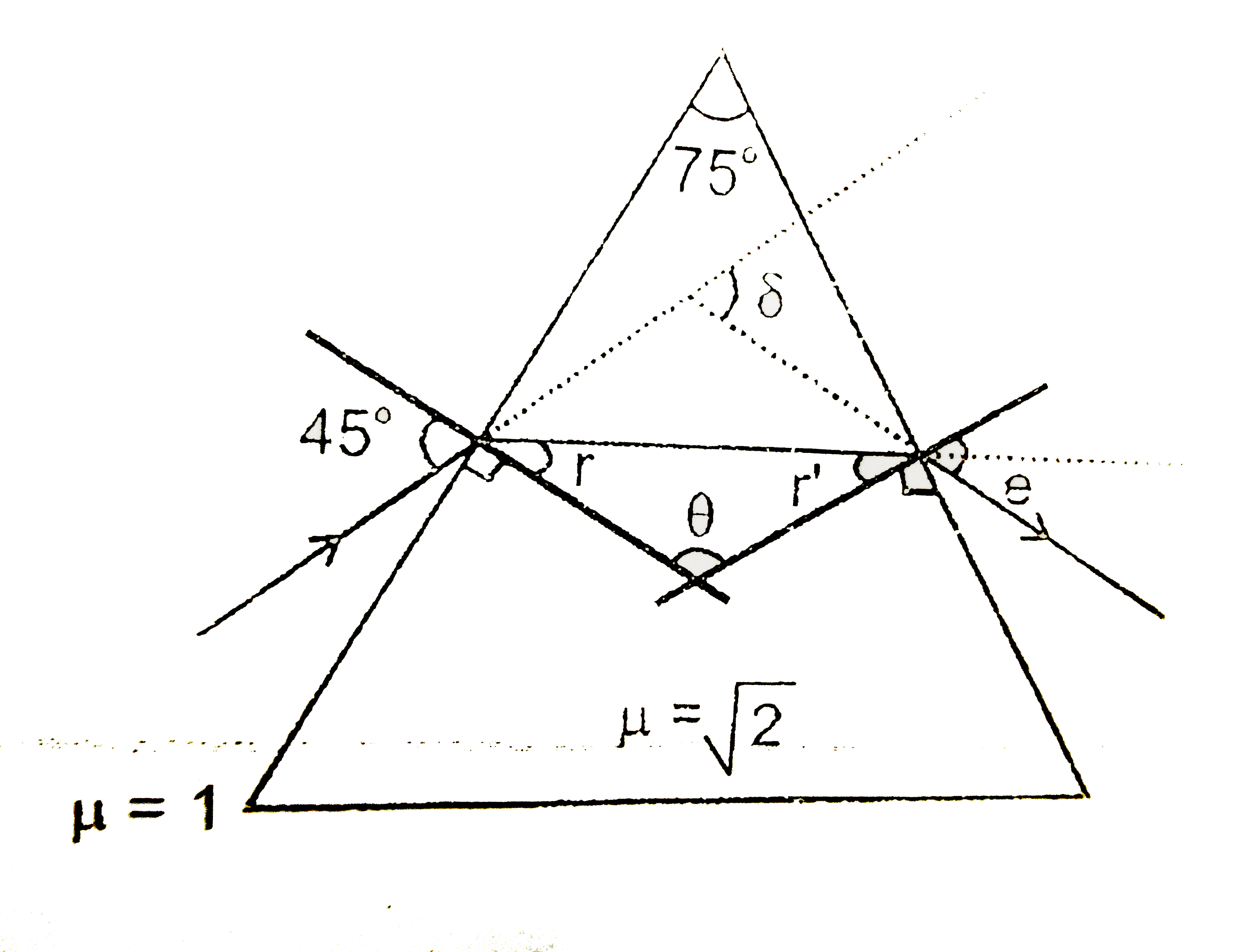
Topper's Solved these Questions
- BOOK - RESONANCE ENGLISHCHAPTER - GEOMATRICAL OPTICS EXERCISE - Exercise-1141videos
GEOMATRICAL OPTICS
- BOOK - RESONANCE ENGLISHCHAPTER - GEOMATRICAL OPTICS EXERCISE - Exercise-262videos
GEOMATRICAL OPTICS
- BOOK - RESONANCE ENGLISHCHAPTER - GEOMATRICAL OPTICS EXERCISE - Advance level Problems35videos
GEOMATRICAL OPTICS
- BOOK - RESONANCE ENGLISHCHAPTER - EXPERIMENTAL PHYSICSEXERCISE - PART -II10videos
EXPERIMENTAL PHYSICS
- BOOK - RESONANCE ENGLISHCHAPTER - GRAVITATIONEXERCISE - HIGH LEVEL PROBLEMS16videos
GRAVITATION
Similar Questions
In the L-C-R circuit as shown in figure,
 View Solution
View SolutionFind RAB in the circuit shown in figure.
 View Solution
View SolutionA cell of emf E having an internal resistance R varies with R as shown in figure by the curve
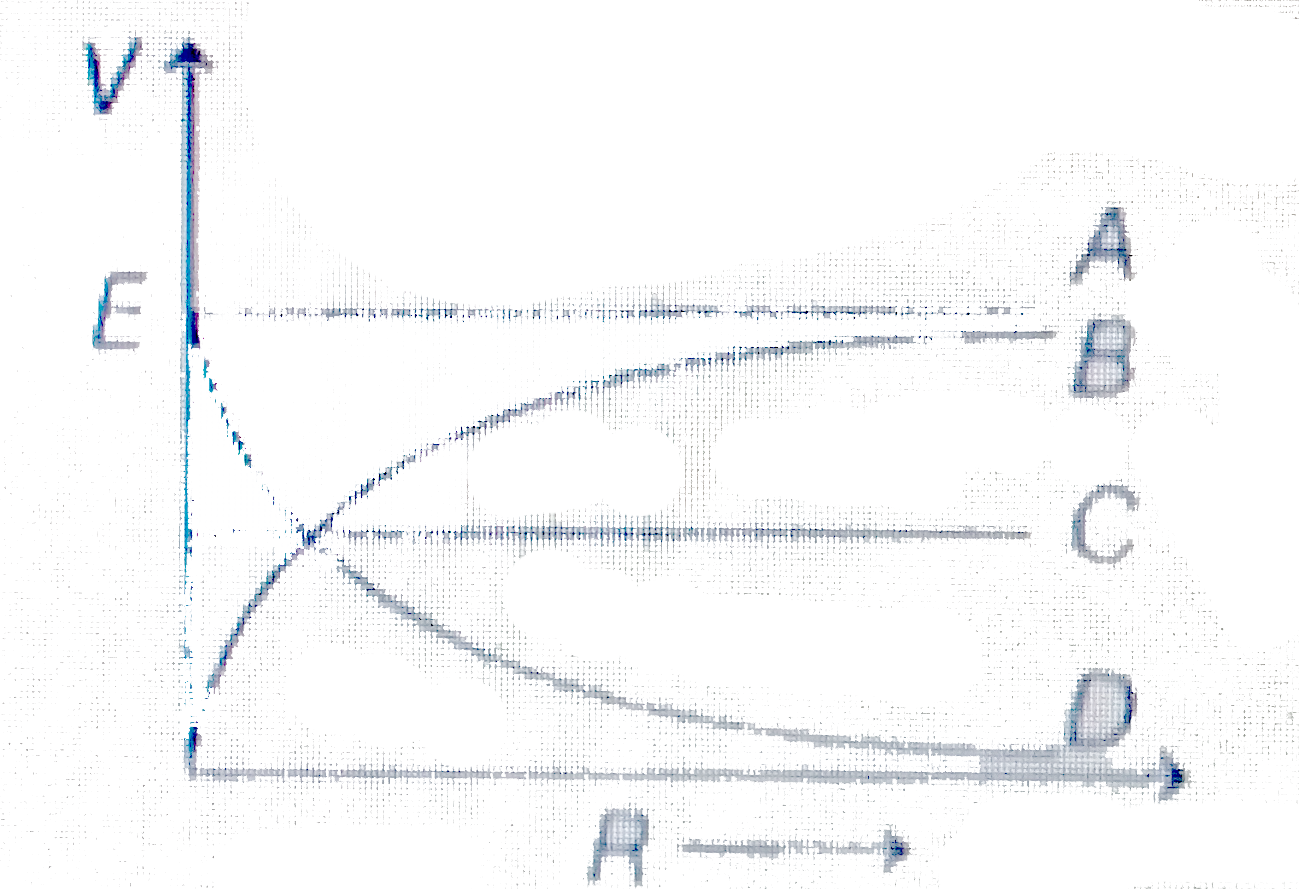 View Solution
View SolutionThree charges are arranged on the vertices of an equilateral triangle as shown in figure (29.E6) find the dipole moment of the combination.
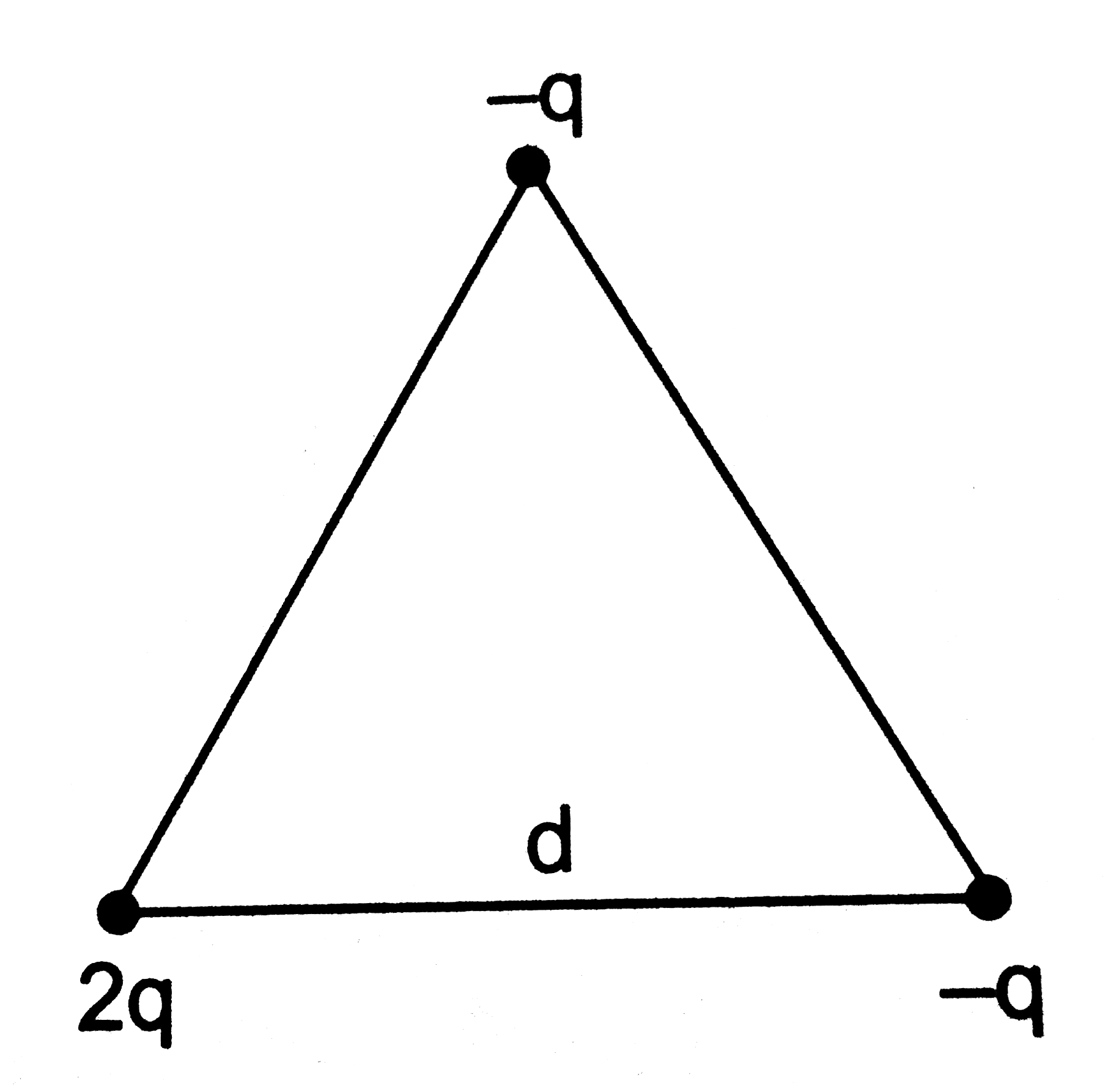 View Solution
View SolutionA hemispherical surface of radius R is kept in a uniform electric field E as shown in figure. The flux through the curved surface is
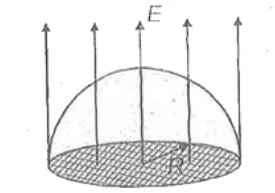 View Solution
View SolutionFour idential cells each having e.m.f. E, internal resistance r are connected as shown in figure. Find the potential difference between: (i) A and B (ii) A and C
 View Solution
View SolutionFind out the flux through the curved surface of a hemisphere of radius R if it is placed in a uniform electric field E as shown in figure
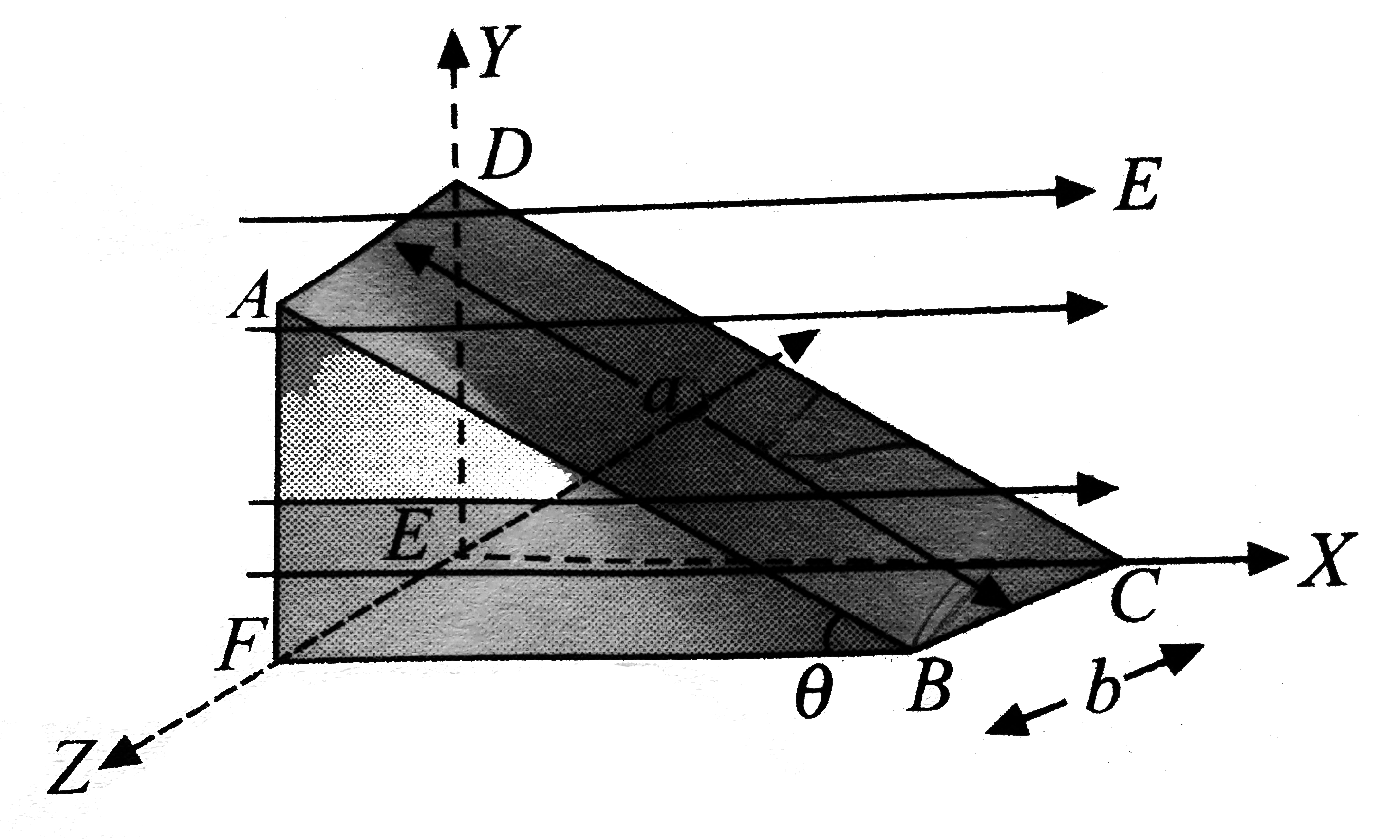 View Solution
View SolutionThe power dissipated in the resistance R, in the circuit as shown in the figure, is maximum if R is equal to
View SolutionThe current in the resistor R3 in the circuit as shown in the figure is
 View Solution
View SolutionABCD is a quadrilateral. A line through D, parallel to AC, meets BC produced in P as shown in figure. Prove that ar(△ABP)=a r (Quad.ABCD).
View Solution

